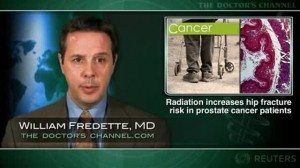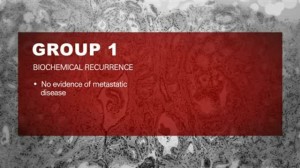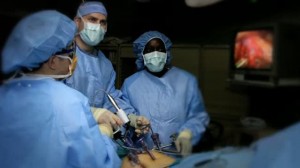NEW YORK (Reuters Health) – Prostate specific antigen (PSA) doubling time as measured before radical prostatectomy does not predict biochemical progression after surgery, according to a report in the May issue of The Journal of Urology.
PSA doubling time is a relative change, useful for assessing prognosis “only among men who begin with the same initial PSA level,” senior author Dr. William J. Catalona from Northwestern University, Chicago, told Reuters Health by email. It’s not a good parameter for assessing the aggressiveness of prostate cancer in men with newly diagnosed, untreated prostate cancer, he said.
Dr. Catalona and his colleagues looked for a relationship between preoperative PSA doubling time and outcomes after radical prostatectomy in 1208 men with clinically localized cancer.
Mean preoperative PSA doubling time was significantly higher with organ-confined disease than without it (52.1 vs 45.7 months), but similar with Gleason scores of 6 versus 7 to 10.
Mean preoperative PSA doubling times were also similar in men who did and did not develop biochemical progression (51.4 vs 50.4 months). Preoperative PSA doubling time as a continuous variable was not associated with time to biochemical progression.
Ten-year progression-free survival was similar regardless of whether preoperative PSA doubling times were below or above 18 months (80% vs 82%), or below or above 3 years (82% vs 80%).
The difference in median PSA doubling times between the 7 men who died of prostate cancer (58.4 months) and the men who didn’t (34.4 months) was not statistically significant.
“PSA doubling time is not as good as PSA velocity for predicting tumor aggressiveness in a pre-diagnosis setting where men may have widely differing PSA levels,” Dr. Catalona said. In contrast to doubling time, PSA velocity is a measure of absolute change, he noted.
“However, in a post-treatment setting, such as after radical prostatectomy or radiation therapy, where everybody starts with a low PSA level, PSA doubling time performs okay and is a useful predictor of post-tumor recurrence tumor aggressiveness.”
Reference:
J Urol 2010;183:1816-1821.




